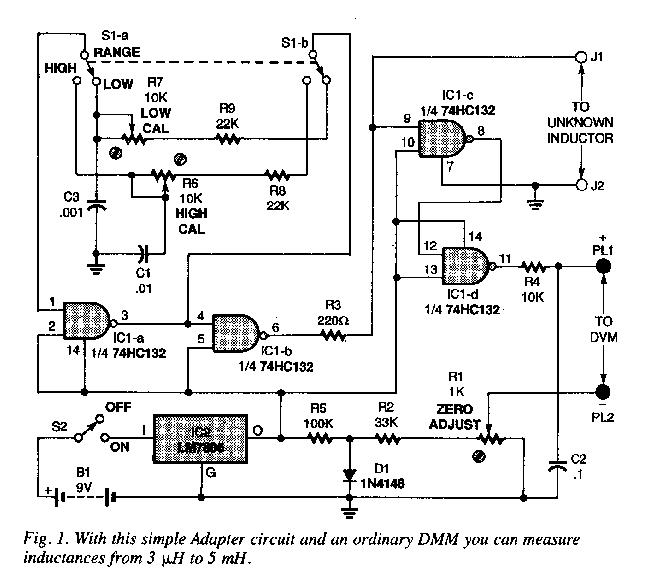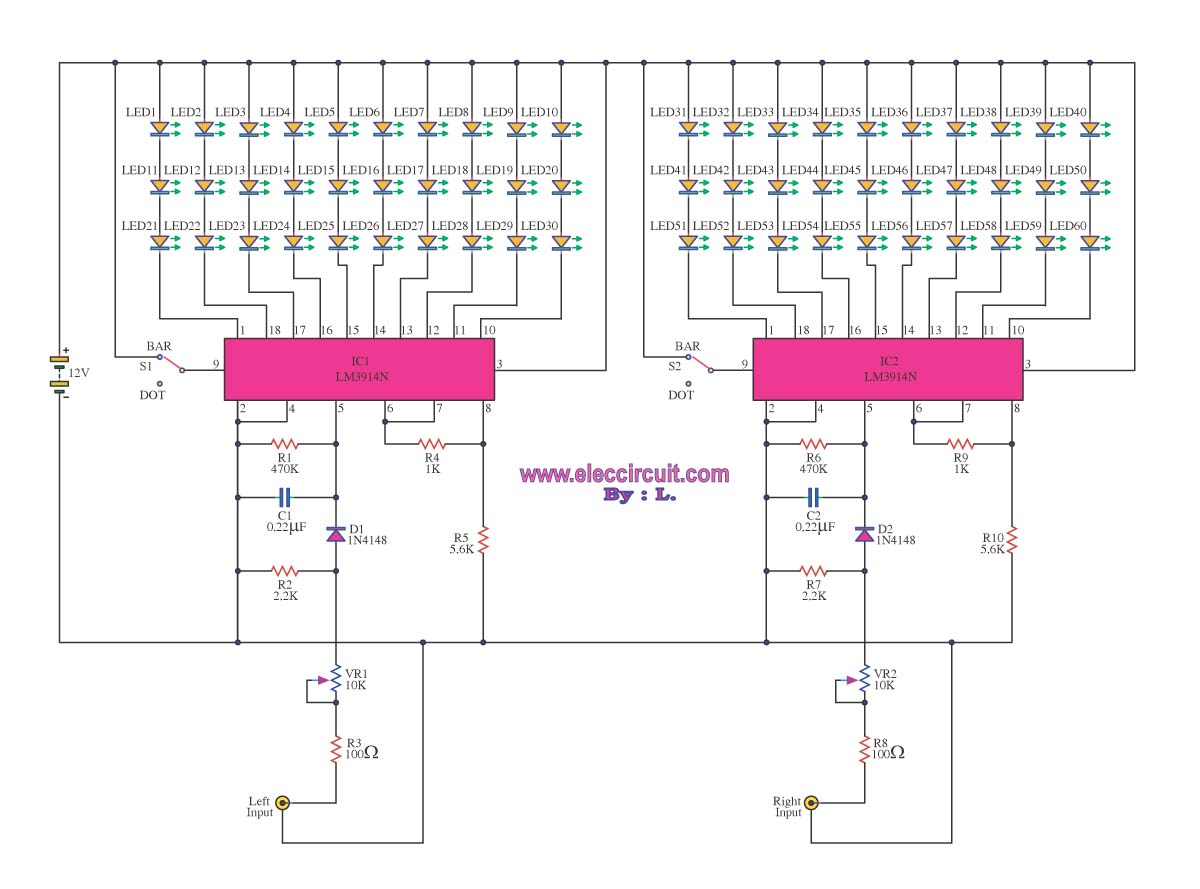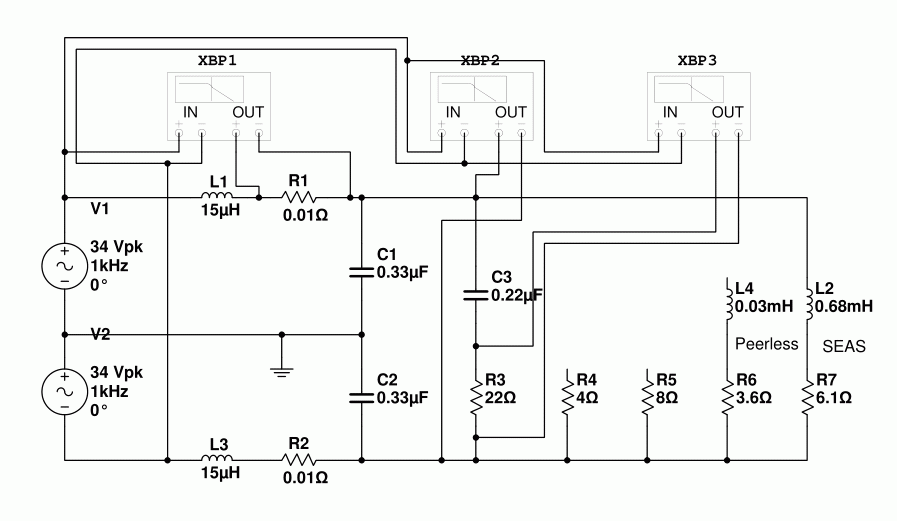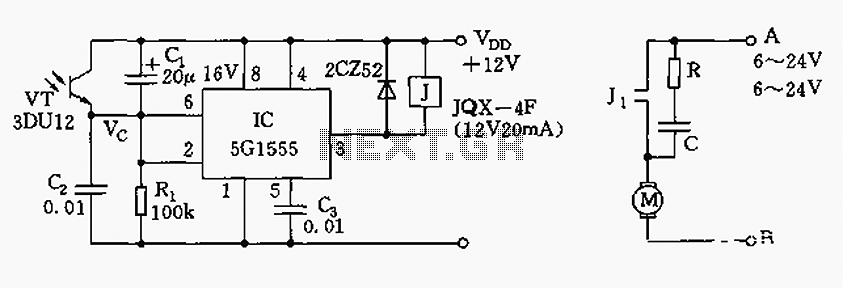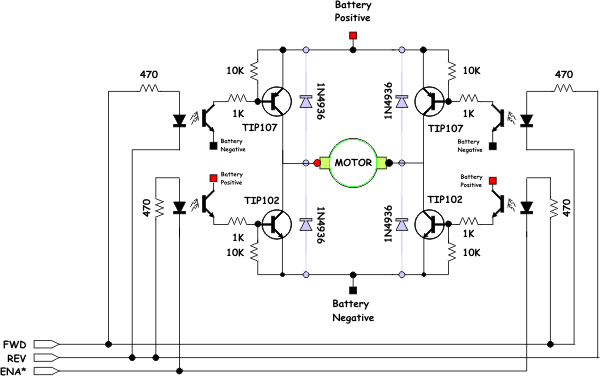
Audio VU Level Meter Circuit with LM324
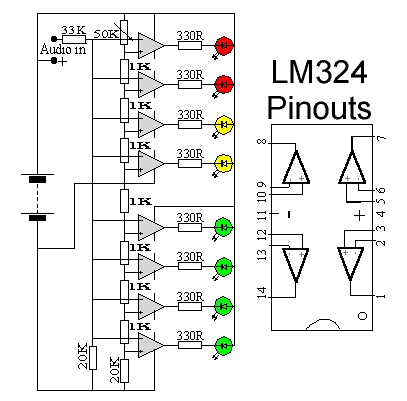
This weblog discusses electronic circuit schematics, PCB design, DIY kits, and electronic project diagrams. The 1K resistors in the circuit are significant as they allow the LEDs to activate at different audio levels. While these resistors can be modified, using values above 5K may prevent some of the LEDs from lighting up. The circuit can be easily enhanced with additional op-amps and is not limited to the LM324; virtually any op-amp can be used as long as the pinouts are verified and all connections are properly made. The 33K resistor in the schematic is intended to keep the signal input to the circuit at a low level. Since a 33K resistor may be difficult to find, a close alternative can be used. The value of this resistor may need adjustment, so it is advisable to prototype this circuit on a breadboard before finalizing it on a PCB. In its current configuration, the circuit can accept line-level inputs from sources such as the auxiliary output of a Hi-Fi system, although it can be easily modified for speaker inputs. The audio positive is connected to the main positive rail, while the audio negative is used for signal input. A 50K potentiometer can be used to adjust the sensitivity of the circuit.
This electronic circuit schematic presents a versatile design for audio signal processing, incorporating essential components that facilitate the modulation of audio levels through LED indicators. The use of 1K resistors serves as a critical element in determining the activation threshold of the LEDs, allowing them to respond dynamically to varying audio levels. It is important to note that while these resistors can be adjusted, exceeding a resistance value of 5K may lead to insufficient current flow, resulting in some LEDs failing to illuminate.
The flexibility of the circuit design is evident in its compatibility with various op-amps beyond the LM324. This adaptability allows users to select an op-amp based on availability or specific performance characteristics while ensuring that the pin configurations are correctly aligned. The inclusion of a 33K resistor is designed to maintain a low input signal level, which is crucial for preventing distortion and ensuring accurate signal processing. As this resistor may not be readily available, substituting with the nearest standard value is permissible, although the impact on performance should be evaluated through testing.
Prototyping the circuit on a breadboard is highly recommended before committing to a PCB layout. This approach allows for real-time adjustments and optimizations, particularly concerning the 33K resistor value, which may require fine-tuning based on the specific application and audio source characteristics. The circuit is configured to receive line-level audio signals, making it suitable for integration with various audio equipment, including Hi-Fi systems. However, modifications can be made to accommodate speaker-level inputs, expanding the circuit's usability.
The audio input configuration is straightforward, with the positive audio signal connected to the main positive rail of the circuit and the negative audio signal designated for input. The inclusion of a 50K potentiometer provides a user-friendly interface for adjusting the circuit's sensitivity, allowing for tailored performance based on individual requirements or environmental conditions. Overall, this schematic serves as a foundational design for audio processing applications, offering opportunities for customization and enhancement based on user needs.Welcome to the weblog where we discuss about electronic circuits schematics, PCB design, diy kits and electronic projects diagrams. The 1K resistors in the circuit are capital so that the LED`s about-face on at altered audio levels. There is no acumen why you can`t change these resistors, although annihilation aloft 5K may account some of the LED
`s to never about-face on. This ambit is calmly abundant with added op-amps, and is not bound to use with the LM324. Pretty abundant any op-amp will assignment as continued as you attending up the pinouts and accomplish abiding aggregate is appropriately connected. The 33K resistor on the schematic is to accumulate the arresting ascribe to the ambit at a low level.
It is absurd you will acquisition a 33K resistor, so the abutting you can get should do. The amount of this resistor may charge to be changed, so it is best you breadboard this ambit afore absolutely amalgam it on PCB. The ambit in it`s accepted anatomy will acquire band akin inputs from sources such as the aux out on a Hi-Fi, all admitting could be calmly adapted to acquire apostle inputs.
The audio + is affiliated to the capital absolute rail, while the audio - is acclimated for arresting input. The 50k pot can be acclimated to alter the acuteness of the circuit. 🔗 External reference
This electronic circuit schematic presents a versatile design for audio signal processing, incorporating essential components that facilitate the modulation of audio levels through LED indicators. The use of 1K resistors serves as a critical element in determining the activation threshold of the LEDs, allowing them to respond dynamically to varying audio levels. It is important to note that while these resistors can be adjusted, exceeding a resistance value of 5K may lead to insufficient current flow, resulting in some LEDs failing to illuminate.
The flexibility of the circuit design is evident in its compatibility with various op-amps beyond the LM324. This adaptability allows users to select an op-amp based on availability or specific performance characteristics while ensuring that the pin configurations are correctly aligned. The inclusion of a 33K resistor is designed to maintain a low input signal level, which is crucial for preventing distortion and ensuring accurate signal processing. As this resistor may not be readily available, substituting with the nearest standard value is permissible, although the impact on performance should be evaluated through testing.
Prototyping the circuit on a breadboard is highly recommended before committing to a PCB layout. This approach allows for real-time adjustments and optimizations, particularly concerning the 33K resistor value, which may require fine-tuning based on the specific application and audio source characteristics. The circuit is configured to receive line-level audio signals, making it suitable for integration with various audio equipment, including Hi-Fi systems. However, modifications can be made to accommodate speaker-level inputs, expanding the circuit's usability.
The audio input configuration is straightforward, with the positive audio signal connected to the main positive rail of the circuit and the negative audio signal designated for input. The inclusion of a 50K potentiometer provides a user-friendly interface for adjusting the circuit's sensitivity, allowing for tailored performance based on individual requirements or environmental conditions. Overall, this schematic serves as a foundational design for audio processing applications, offering opportunities for customization and enhancement based on user needs.Welcome to the weblog where we discuss about electronic circuits schematics, PCB design, diy kits and electronic projects diagrams. The 1K resistors in the circuit are capital so that the LED`s about-face on at altered audio levels. There is no acumen why you can`t change these resistors, although annihilation aloft 5K may account some of the LED
`s to never about-face on. This ambit is calmly abundant with added op-amps, and is not bound to use with the LM324. Pretty abundant any op-amp will assignment as continued as you attending up the pinouts and accomplish abiding aggregate is appropriately connected. The 33K resistor on the schematic is to accumulate the arresting ascribe to the ambit at a low level.
It is absurd you will acquisition a 33K resistor, so the abutting you can get should do. The amount of this resistor may charge to be changed, so it is best you breadboard this ambit afore absolutely amalgam it on PCB. The ambit in it`s accepted anatomy will acquire band akin inputs from sources such as the aux out on a Hi-Fi, all admitting could be calmly adapted to acquire apostle inputs.
The audio + is affiliated to the capital absolute rail, while the audio - is acclimated for arresting input. The 50k pot can be acclimated to alter the acuteness of the circuit. 🔗 External reference
